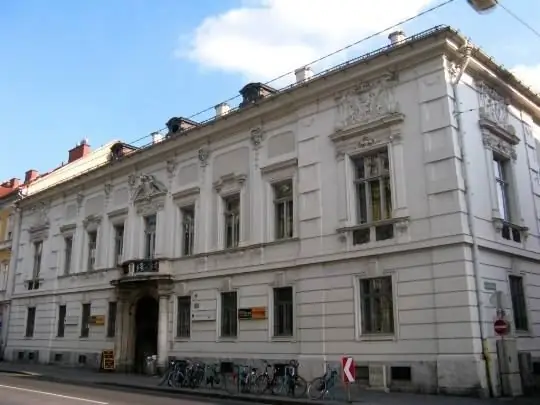
Description of the attraction
The Literary House-Museum is located a little further from the historical center of the Austrian city of Graz, at a distance of about a kilometer from the Schlossberg Palace. In the immediate vicinity of this museum is the city university named after Karl and Franz, which largely laid the foundation for the creation of this museum.
The Literary House Museum was opened in 2003. It grew out of an urban society of culture and art workers who had met for more than forty years at a kind of "forum" held in the city park (Forum Stadtpark). Subsequently, the writing branch of this group split off and established its own separate meeting place, literary readings and symposia.
However, it cannot be argued that only lectures and conferences are held in the literary museum; there are also several interesting exhibitions here, where manuscripts, photographs, and other documents related to the literary activities of one or another contemporary Austrian writer are presented. A separate exposition is devoted to the activities of the notorious playwright Wolfgang Bauer, a representative of the avant-garde movement and the author of several existential and even absurd plays. Much attention is paid to Elias Canetti, whose centenary several events were dedicated at once. In his works, Canetti continued the tradition of Franz Kafka and portrayed the European post-war reality as a triumph of insanity. In 1981, Canetti received the Nobel Prize for Literature. The museum also displays the manuscripts of Barbara Frishmut, an outstanding modern writer, creative in all directions - she wrote children's books, memoirs of the war years, several theatrical plays and many other works, including her own translation.
The Literary Museum often organizes meetings with the authors themselves, and every September there is a children's book fair. The museum itself is housed in an elegant old building of the late 19th century, which retains the interiors of that era, made in the style of romantic historicism popular at that time.






